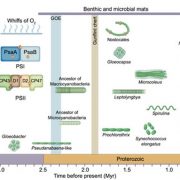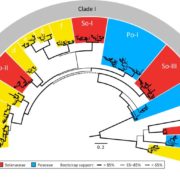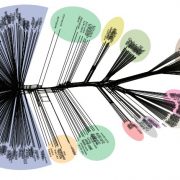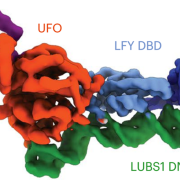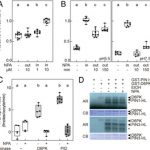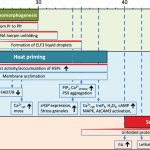Functional innovations of PIN auxin transporters mark crucial evolutionary transitions (Science)
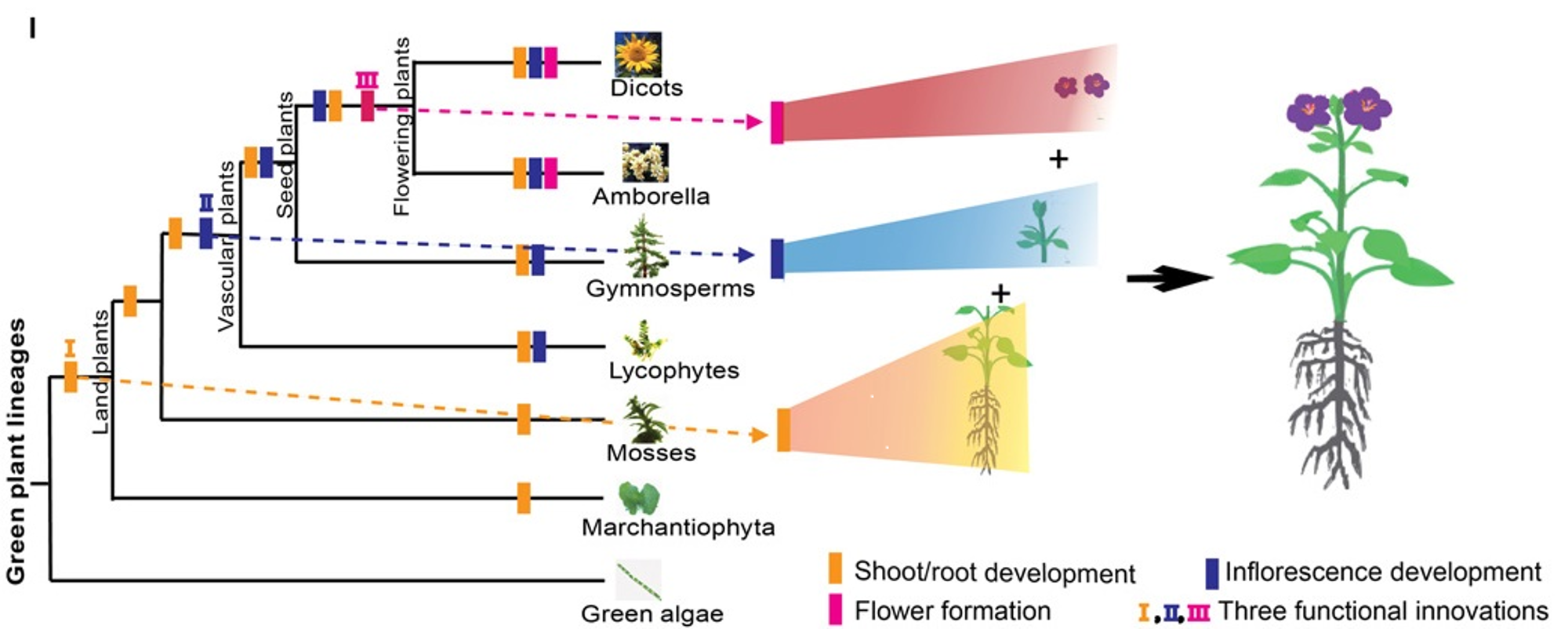
Complex multicellular flowering plants evolved from simple unicellular algae. This evolutionary transition was driven by crucial innovations in plant anatomy like shoot and root, inflorescence and flowers. Multiple studies have demonstrated the role of local auxin gradients in determining the development and patterning of flowering plants. PIN genes, encoding polar auxin efflux carriers, play crucial roles in these processes. Zhang et al. examined the functional evolution of the PIN family by performing intraspecies and interspecies PIN gene complementation experiments, starting with higher-order loss-of-function Arabidopsis mutants representing the key PIN clades. The results revealed crucial roles for both cis-regulatory regions (affecting where the proteins are expressed) and coding regions (affecting protein function) in their differential contributions to developmental patterning. Furthermore, interspecific complementation using PIN genes from green algae, liverwort, moss, lycophyte, gymnosperms and other flowering plants revealed that plant evolution has been accompanied by functional innovations of PIN genes. (Summary by Sunita Pathak @psunita980) Science 10.1126/sciadv.abc8895


